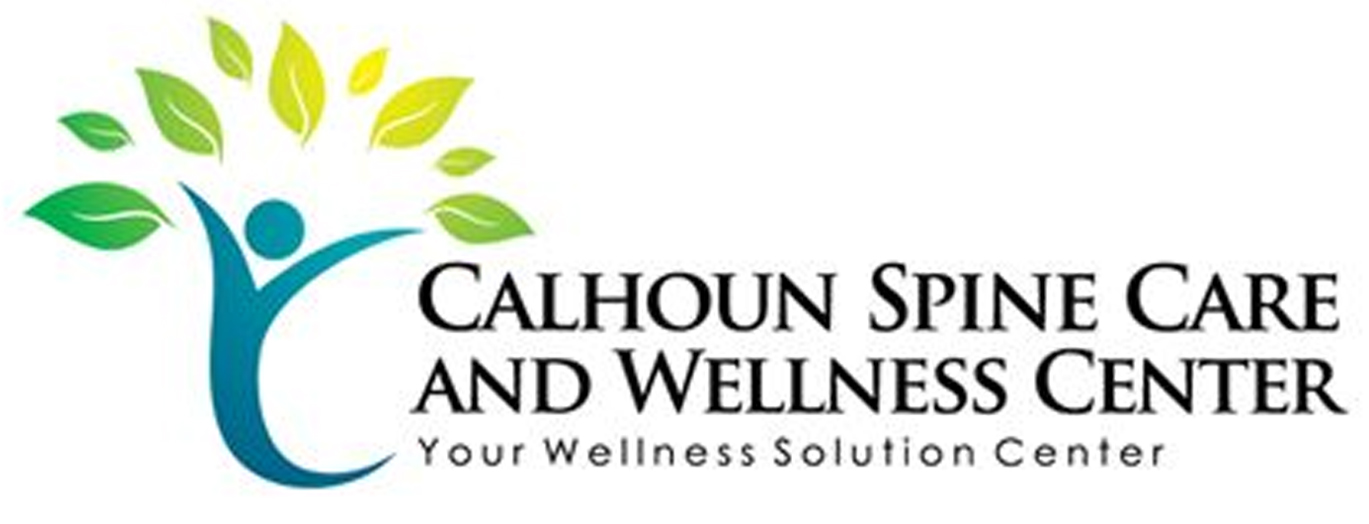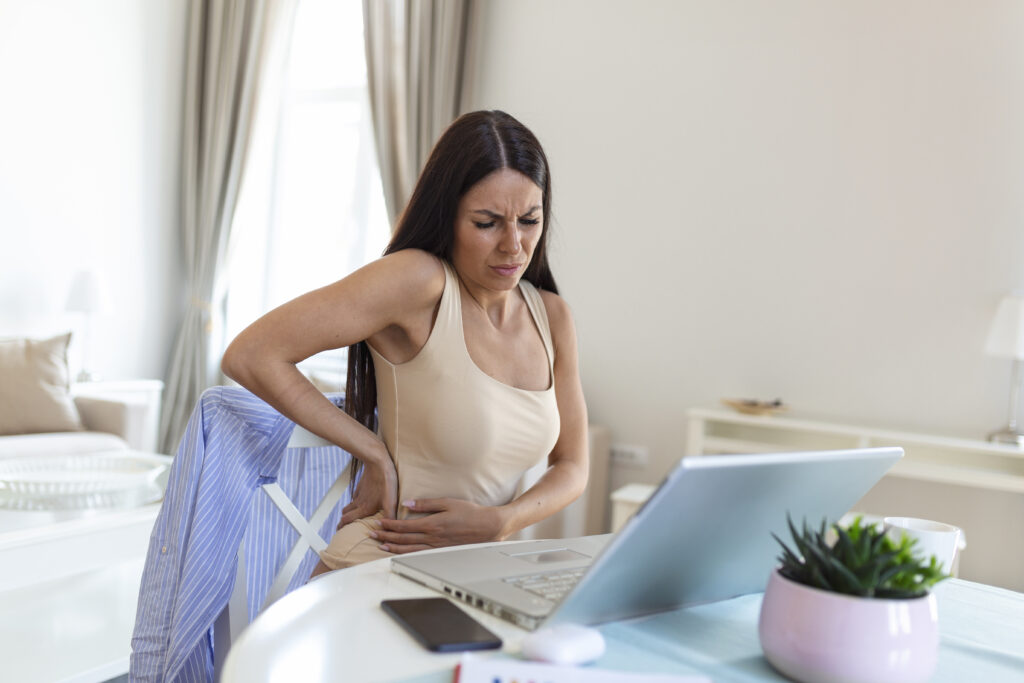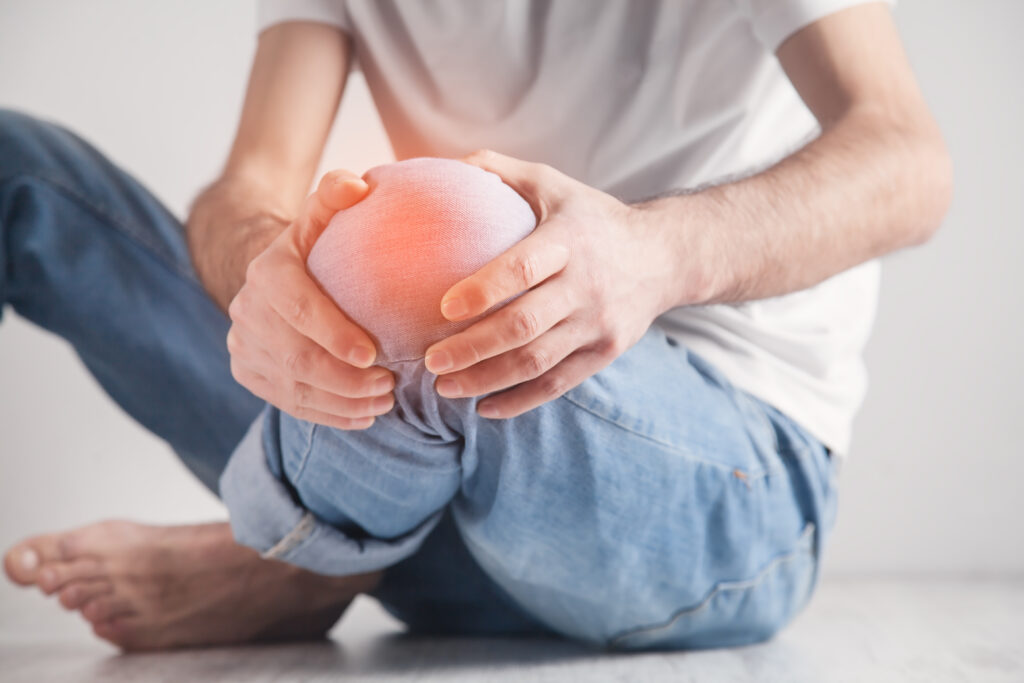You might find yourself wondering how to tackle persistent lower back pain, especially when conventional methods seem to fall short. Like many, you could feel overwhelmed by the myriad of treatments available, from physical therapy to alternative approaches. It's a journey that requires patience and self-discovery, and the path to relief often involves unexpected turns. As you explore this journey, you'll uncover not just physical solutions but also insights into your overall well-being that might change the way you approach pain management. What revelations await you on this path?
Understanding Lower Back Pain
When you experience lower back pain, it's important to understand its underlying causes. This pain can stem from various factors, and recognizing them is the first step toward finding relief. One common culprit is poor posture. If you spend long hours sitting at a desk or hunching over your phone, your spine can suffer, leading to discomfort.
Muscle strain is another frequent cause. Whether you've lifted something heavy or overexerted yourself during physical activities, your muscles can become fatigued or injured, resulting in pain.
Additionally, conditions like herniated discs can put pressure on nerves, causing sharp or radiating pain. You should also consider lifestyle factors. Being overweight can add extra strain to your lower back, while a sedentary lifestyle can weaken the muscles that support your spine.
On the other hand, incorporating regular physical activity can help strengthen these muscles and improve your overall flexibility. In some cases, age-related changes, such as arthritis or degenerative disc disease, may contribute to your discomfort.
These changes can lead to stiffness and chronic pain, making it important to evaluate your situation holistically. Finally, emotional stress can manifest physically, leading to tension in your back.
It's important to address not only the physical aspects of your pain but also the psychological factors that may be contributing to it. Understanding these various causes is significant as you begin your journey toward healing and relief.
Initial Symptoms and Diagnosis
Recognizing the initial symptoms of lower back pain is essential for effective diagnosis and treatment. You might first notice discomfort or stiffness in your lower back, which can manifest as a dull ache or sharp pain. This sensation often worsens with certain movements, like bending or lifting, making everyday tasks feel challenging.
Sometimes, the pain can radiate down your legs, indicating nerve involvement, which is a sign you shouldn't ignore. Pay attention to any accompanying symptoms. Do you experience tingling, numbness, or weakness in your legs? These can be indicators of a more serious issue.
Additionally, if you find that your pain disrupts your sleep or affects your ability to sit for prolonged periods, it's time to seek help. When you visit a healthcare professional, they'll likely start with a thorough history of your symptoms. They'll ask about the duration, intensity, and triggers of your pain.
Expect them to conduct a physical examination, evaluating your range of motion and checking for areas of tenderness. In some cases, they may recommend imaging tests, like X-rays or MRIs, to get a clearer picture of your spine and surrounding structures.
These steps not only help in confirming a diagnosis but also in ruling out other potential issues. Being proactive about your symptoms can lead to quicker relief and a tailored treatment plan that addresses your specific needs.
Conventional Treatments Explored
When you're dealing with lower back pain, exploring conventional treatments can be a game-changer.
Physical therapy can strengthen your muscles and improve flexibility, while various medication options can help manage your pain.
Let's take a closer look at how these approaches can work for you.
Physical Therapy Benefits
Physical therapy offers a range of benefits for those dealing with lower back pain, making it a cornerstone of conventional treatment approaches. When you engage in physical therapy, you're not just addressing the pain; you're also working on strengthening the muscles that support your spine. This proactive approach helps prevent future injuries and enhances your overall mobility.
Through tailored exercises, a physical therapist can teach you how to improve your posture and body mechanics, which are essential for reducing strain on your back. You'll also learn techniques to manage and alleviate pain effectively. The hands-on treatment methods, like manual therapy, can relieve muscle tension and improve circulation, facilitating quicker recovery.
Moreover, physical therapy fosters a better understanding of your body. You'll gain insights into what movements trigger your pain, enabling you to avoid them in the future. Engaging in this regular practice not only promotes healing but also empowers you with tools to maintain your well-being long-term.
Medication Options Available
After exploring the benefits of physical therapy for lower back pain, it's important to evaluate medication options that can complement your treatment plan.
Over-the-counter (OTC) medications, such as ibuprofen or acetaminophen, can provide immediate relief from pain and inflammation. They're often the first step to managing discomfort, allowing you to engage more fully in your therapy sessions.
If OTC options don't cut it, your doctor might prescribe stronger medications. Muscle relaxants can help ease muscle spasms, while prescription pain relievers might be necessary for more severe pain.
However, it's essential to use these under strict medical supervision due to potential side effects and dependency issues.
In some cases, your healthcare provider might recommend topical treatments like creams or patches. These can deliver localized relief without the systemic effects of oral medications.
Additionally, corticosteroid injections may be an option if other treatments fail to alleviate your symptoms.
Alternative Therapies Tried
Exploring alternative therapies can often lead you to unexpected relief from lower back pain. You might find that traditional treatments don't address all your symptoms, prompting you to seek other options.
One effective approach is acupuncture, which involves inserting fine needles into specific points on your body. Many people report a significant reduction in pain and tension after just a few sessions.
Chiropractic care is another popular alternative. A skilled chiropractor can assess your spine, identify misalignments, and perform adjustments that may restore proper function and alleviate discomfort. You may experience immediate relief following an adjustment, making it a worthwhile option to contemplate.
Massage therapy can also be beneficial. Whether it's deep tissue or trigger point massage, skilled therapists can work on tight muscles and fascia, helping to reduce pain and improve mobility. You might be surprised at how much tension is released during a session, leading to a more relaxed state.
Yoga and Pilates are excellent for building core strength and flexibility, both of which can support your spine. Starting with gentle classes can introduce you to poses that stretch and strengthen your back without causing strain.
Lastly, herbal remedies and supplements, like turmeric or omega-3 fatty acids, may provide anti-inflammatory benefits. Always consult your healthcare provider before adding these to your routine.
Lifestyle Changes Implemented
Making lifestyle changes can greatly impact your journey to alleviate lower back pain. You'll want to start by evaluating your daily habits and routines, as small adjustments can lead to significant relief.
First, consider your posture. Whether you're sitting at a desk or standing, maintaining a neutral spine helps reduce strain on your back. Use ergonomic chairs and keep your workspace organized to promote better posture.
Next, focus on your physical activity. Incorporating low-impact exercises, like swimming or walking, strengthens your core muscles, which support your back. Aim for at least 30 minutes of activity most days of the week.
Stretching regularly is vital too; it keeps your muscles flexible and reduces tension. Yoga or pilates can be excellent choices to improve flexibility and strength.
Diet plays an essential role in your overall health as well. A balanced diet rich in anti-inflammatory foods—like fruits, vegetables, whole grains, and healthy fats—can help reduce pain.
Staying hydrated is equally important, as it guarantees your spinal discs maintain their cushioning ability.
Lastly, assess your sleep environment. A supportive mattress and proper pillow can make a world of difference.
Try sleeping on your side with a pillow between your knees to maintain spinal alignment.
Mindfulness and Mental Health
Since stress and anxiety can exacerbate lower back pain, incorporating mindfulness practices into your daily routine can be incredibly beneficial. When you focus on the present moment, you create a space where worries about the past or future can't intrude. This shift in focus can help reduce the muscle tension that often accompanies stress, potentially alleviating pain.
Start with simple breathing exercises. Just a few minutes of deep, intentional breathing can ground you and help you feel more centered. As you breathe in, visualize calmness entering your body, and as you exhale, imagine releasing tension from your back.
You can also practice mindfulness through meditation or yoga. These activities encourage you to listen to your body, fostering a more profound connection that can help you identify areas of stress or discomfort.
Incorporating mindfulness into your daily routine doesn't have to be overwhelming. Try setting aside a few minutes each day—perhaps during your morning coffee or before you go to bed—to practice mindfulness. Consider using guided meditation apps or online videos to get started.
Additionally, don't underestimate the power of gratitude. Keeping a gratitude journal can shift your focus from pain to positivity, improving your overall mental health. By actively recognizing what you appreciate in your life, you create a buffer against stress.
Progress Tracking and Adjustments
How can you effectively track your progress in managing lower back pain? Start by keeping a daily journal. Note your pain levels, activities, and any treatments you're using. This simple practice helps you identify patterns and triggers over time. Use a scale from one to ten to quantify your pain each day. When you look back, you'll see what works and what doesn't.
Next, set specific goals for yourself. These can include physical targets, like increasing your flexibility or strength, or functional goals, such as walking a certain distance without discomfort. By having clear objectives, you can measure your progress more accurately. Adjust your approach based on these goals. For instance, if stretching helps reduce your pain, increase the frequency or duration of your sessions.
Don't forget to communicate with your healthcare provider. Share your findings and listen to their advice. They can help you refine your plan based on your documented progress. If something isn't working, don't hesitate to adjust your methods. Flexibility in your approach is key to finding what helps you most.
Lastly, celebrate your victories, no matter how small they may seem. Recognizing improvements can boost your motivation and reinforce your commitment to the healing process.
Reflecting on My Journey
As you reflect on your journey with lower back pain, it's crucial to recall those early symptoms that prompted your search for relief.
You've explored various treatment options, each offering insights into what works best for you.
Now, consider the lasting lifestyle changes you've made to support your recovery and prevent future issues.
Early Symptoms Experienced
The first twinge of pain in my lower back felt like a warning bell, a subtle yet persistent reminder that something wasn't right. You might dismiss it at first, attributing it to fatigue or a long day.
But over time, that nagging discomfort shifts from an occasional annoyance to a constant presence, shadowing your every move. You notice how bending down to tie your shoes becomes a chore, and simple tasks like lifting grocery bags trigger a sharp pang that stops you in your tracks.
As days pass, you might experience stiffness, particularly in the morning when you get out of bed. It's a stiffness that lingers, making you rethink your morning routine.
You start to notice other symptoms, too—perhaps a radiating pain down your leg or a dull ache that worsens after sitting for long periods. It's during these moments that you realize this isn't just a fleeting issue; it's a signal from your body urging you to take action.
Recognizing these early symptoms is essential. They serve as your body's way of telling you to pay attention before the pain escalates into a more significant problem.
Treatment Options Explored
Several treatment options emerged as I sought relief from my persistent lower back pain. First, I tried over-the-counter pain relievers, which provided temporary relief but didn't address the root cause.
Then, I explored physical therapy. Working with a therapist, you'll learn targeted exercises that strengthen your core and improve flexibility. This approach helped me understand my body better and how to manage pain.
Next, I considered chiropractic care. Regular adjustments offered immediate relief, but I noticed the benefits were short-lived.
It was also during this time that I discovered the importance of proper ergonomics at work. Adjusting my chair and desk setup made a noticeable difference in my overall comfort.
Additionally, I experimented with alternative therapies like acupuncture and massage. These options weren't always easy to commit to, but they provided much-needed relaxation and stress relief.
Finally, I looked into mind-body techniques like yoga and meditation. They not only helped with pain management but also improved my emotional well-being.
Each of these treatments played a role in my journey, guiding me toward understanding what worked best for my body.
Lasting Lifestyle Changes
Embracing a holistic approach to my health, I realized lasting lifestyle changes were fundamental for managing my lower back pain.
You've likely experienced how fleeting relief can be without consistent commitment to healthy habits.
First, prioritize regular physical activity. You don't need to hit the gym daily; simple stretches, yoga, or brisk walking can make a world of difference. These practices strengthen your core and improve flexibility, which eases tension in your back.
Next, pay attention to your posture. Whether you're working at a desk or lifting groceries, maintaining proper alignment can prevent strain. Consider ergonomic furniture to support your spine during long hours of sitting.
Additionally, nutrition plays an essential role. Incorporate anti-inflammatory foods like leafy greens, fatty fish, and nuts into your diet. Staying hydrated is equally important, as it helps maintain spinal health.
Finally, listen to your body. If something doesn't feel right, don't push through the pain. Rest and recovery are just as fundamental as activity.
Conclusion
Your journey to healing lower back pain can be transformative. By understanding your body, exploring various treatments, and embracing lifestyle changes, you can find relief. Incorporating mindfulness practices enriches both your physical and emotional well-being. Remember to track your progress and adjust your approach as needed. Celebrate each small victory along the way, and know that lasting relief is possible. With commitment and patience, you can reclaim your vigor and live a pain-free life.



